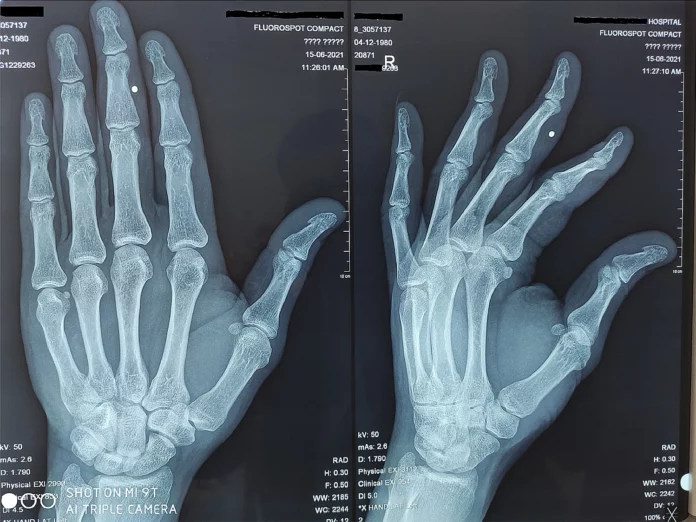
Researchers believe the Middle East Pain Syndrome likely occurs from heavy metal pollution causing vitamin D deficiency in people.
In a study published in the journal Scientific Reports, researchers in Cairo have identified a new disease called the ‘Middle east pain syndrome. The disease mimics rheumatoid arthritis and is likely a result of environmental pollution.
The team of researchers recruited 400 patients from outpatient clinics across Egypt and Saudi Arabia. All had previously received a diagnosis of rheumatoid arthritis (RA). The autoimmune condition causes inflammation in various joints across the body. This leads to pain, swelling, and stiffness of the joints. However, further examinations revealed that none of the patients fulfilled any criteria for RA diagnosis. Moreover, none had responded to the standard RA treatment of NSAIDs and DMARDs. Instead, the patients fit the criteria for fibromyalgia syndrome. The disorder causes widespread musculoskeletal pain, fatigue, disturbed sleep, and cognitive difficulties.
Further lab tests and radiological imaging revealed the presence of spur-like growth along some bones and a vitamin D deficiency among the patients. Previous research has shown that Vitamin D deficiency is extremely common in the region, despite an abundance of sun rays. Study authors predict that the high prevalence of vitamin D deficiency in the Middle East is likely a result of heavy metal pollution. In particular, the presence of cadmium and lead in the environment.
The Link to Pollution
Although there is little evidence of widespread cadmium pollution in the Middle East, many studies have found the metal in various foods in the region. It is believed that cadmium can accumulate in the kidneys which play a major role in making vitamin D.
The study also reported abnormally high levels of parathyroid hormone (PTH) in 75% of the patients. Researchers believe that the low Vitamin D levels induced secondary hyperparathyroidism (SHPT) in the patients. Thus, resulting in muscle pain, weakness, joint pain, and bone erosions.
Therefore, researchers have labelled this occurrence of vitamin D deficiency, fibromyalgia syndrome, and secondary hyperparathyroidism as Middle East Pain Syndrome. Study authors believe exposure to heavy metal pollutants and the presence of a vitamin D deficiency can bring about the condition in people, irrespective of geography.
Cadmium pollution must be considered as one of the new millennium big challenges that should be treated efficiently, to prevent many economically affecting health hazards.
study authors
Reference:
Elbeialy, A.A., Bauomi, A.M., Elnaggar, B.M. et al. Middle east pain syndrome is a pollution-induced new disease mimicking rheumatoid arthritis. Sci Rep 11, 22263 (2021). https://doi.org/10.1038/s41598-021-01698-1
Kazantzis, G. Cadmium, osteoporosis and calcium metabolism. Biometals 17, 493–498 (2004). https://doi.org/10.1023/B:BIOM.0000045727.76054.f3



